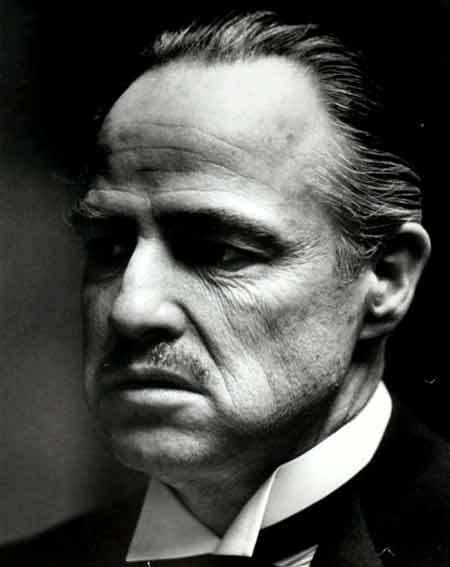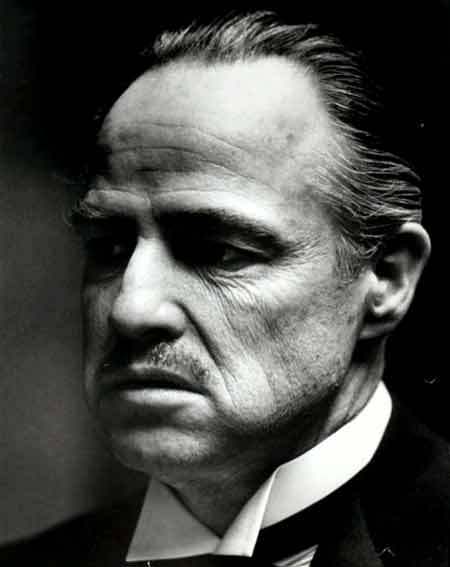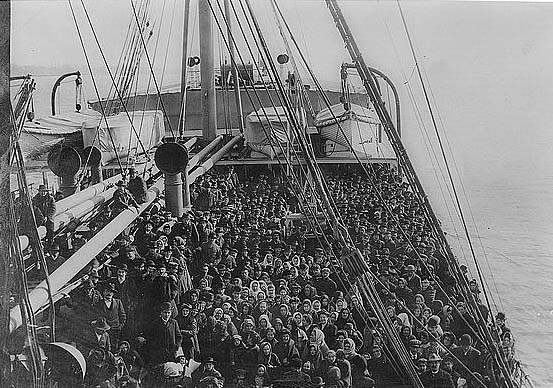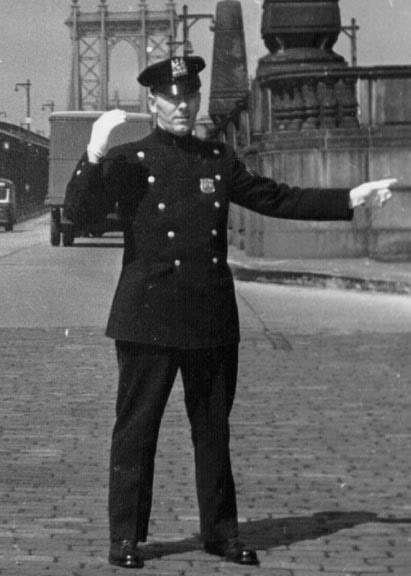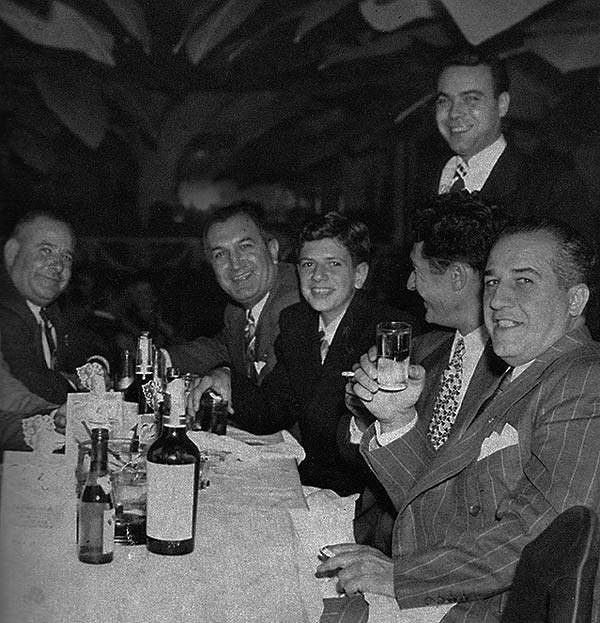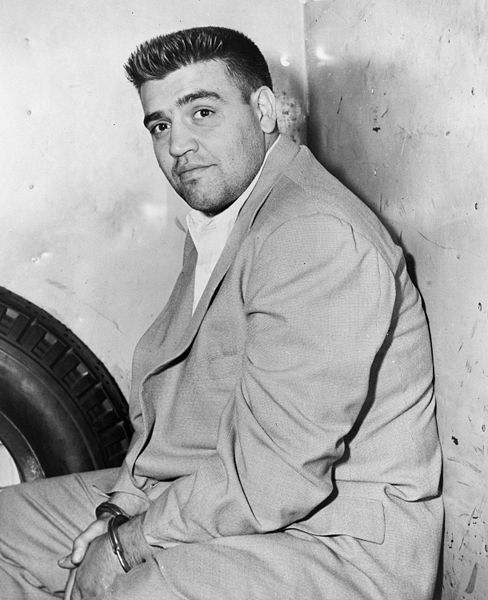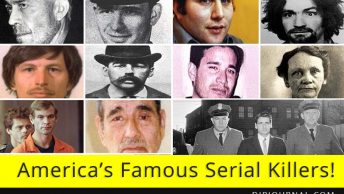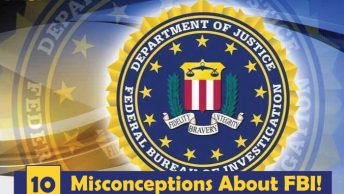Most people have heard of the New York City Mafia. Whether it’s been on the news, you’ve read about it in a book or arguably most likely, you’ve seen the way it’s been portrayed in Hollywood (‘The Godfather’, for example, is based around the New York City Mafia and is widely regarded as one of the best films to ever be created), it’s highly likely you’ve seen it somewhere.
Image: Wikipedia
Due to receiving the Hollywood treatment quite regularly over the last few decades, however, the New York City Mafia has come to be one that many people misunderstand.
Yes, Hollywood has shown that it can be a very violent way of life, but it’s also been represented in a way that makes it somewhat enviable – that the New York crime families are, deep down, good people who simply chose a different way of life to provide for their families.
And whilst we’re not saying that everyone in the New York crime families are cold-hearted killers who have no love for anyone, let alone their families, it has to be understood that at the end of the day, these crime families are just that – large groups of people heavily involved in organised crime.
Without doubt a fascinating part of recent and modern day history of both New York and American crime in general, we want to provide a brief introduction to the New York City Mafia, if not purely to give you an insight into the real-life activities, rather than those that have so very often been ‘Hollywood-ized’.
The Beginning
Just like in every other part of the world, there’s always been crime in New York City. However, it wasn’t until 1931 that we began to see the emergence of organised crime to the extent that we know today.
After the influx of Italian immigrants in the latter part of the 19th century, many of them were from Sicily, a part of Italy known for its criminal activities and families. It was therefore only a matter of time before the fledgling Mafia began to rise up and flex its muscles in New York.
Image: grossmanproject.net
With the five Mafia families having presences in New York prior to 1931, this year is considered to be the year that everything changed, as ‘The Commission’ was formed and the families – Bonanno, Colombo, Gambino, Genovese and Lucchese – were formally organised.
Essentially a governing body for the Mafia, The Commission brought together the heads of the five families to develop a way that they could all work together, somewhat bizarrely, in harmony of one another (although this didn’t necessarily happen and internal crimes regularly took place, it is believed that the Mafia wouldn’t be anywhere near as strong if it wasn’t for The Commission).
Prior to this date, one individual – Salvatore Maranzano – was said to rule the crime scene and therefore each of the families. After a particularly bloody and uneasy few months during 1931, Maranzano went from being the ‘boss of bosses’ on 15th April to being killed only a few months later on 10th September (known as the ‘Castellammarese War’, it actually started at some point in 1929, but the killing of Maranzano marks the end of the fighting).
A troubling time for the Mafia due to disobeyed orders, backstabbing and betrayal amongst the families, The Commission was something that simply needed to be done. The belief was that there was enough criminal activities for all of the families to share and they simply had to work together (or at least not against each other) to ensure they could all prosper – and as far as reports go, The Commission still meets regularly to discuss any issues that may occur.
The Commission proved to be the perfect solution to many of the Mafia’s problems, as the organisation was exactly what was needed. Unfortunately for the law, however, it would only make things considerably more difficult, as the families – although working separately in their own respective areas – were effectively working together against law enforcement, making it more difficult than ever to ‘pin’ anything on the families.
Image: Stitching (photobucket)
The Five Families
Over the years, the New York City crime families have seen huge changes in some respects, but next to none in others – whether you looked at a family in 1960 or you looked at them today, the same hierarchy, principles and approaches are still the same.
For instance, there’s the basic structure of the family. Back in 1931, the Bosses of the families were Joseph Bonanno, Joseph Profaci (Colombo family; they adopted their name in 1964 when Joseph Colombo took over further to Profaci’s death), Vincent Mangano (Gambino family; as with the Colombo family, the Gambino family didn’t adopt their name until 1957 when Carlo Gambino took over), Charles Luciano (Genovese family; well-known as the Luciano family for many years, the family name was changed after Carlo Genovese took over in 1957) and Gaetano Gagliano (Lucchese family; again, it took until 1951 for the Lucchese family to gain its name, after Gagliano became ill and passed all responsibilities to his Underboss, Gaetano Lucchese).
Image: lacndb.com
Whilst these Bosses have obviously changed for whatever reason, the basic structure has always been the same – the Boss has an Underboss, who in turn has a Consigliere, they have a number of Capos and they themselves have numerous Soldiers.
That’s how it was over 70 years ago and that’s how it is today – it’s not a part of Hollywood or something that has dispersed as the families have developed. It’s something that’s ingrained within Mafia life in New York City.
What has changed as the families have developed, however, is the territories that they work within. Once quite strict with each family sticking to their respective areas, this has changed over the years and the families’ territories are now very much entwined with one another.
There’s also the focus of the families’ activities that have seen somewhat of a shift recently.
Originally carrying out more ‘obvious’ criminal activities – murders, drugs, prostitution, for example – the families’ activities have become less and less criminally obvious.
That’s not to say their activities aren’t any less serious, but since New York City’s crime peaked in the 1980s and it seemed as though each of the five families were prospering, particularly from illegal drugs, the families have been trying to take a slightly less obvious approach in an effort to be more subtle, but just as successful.
The New York City Mafia Today
To a certain extent, the New York City crime families are seen as somewhat mythical. We heard a lot about them during the 1930s through to the 1970s period (whether that was in the news or the movies), but over the last decade or so in particular, things have quietened down slightly.
This doesn’t mean the families aren’t as active today as they were in the thirties or forties though.
The problem is there have been issues with power – or lack of – in the last few years and it’s caused what could have potentially been disastrous consequences for the Mafia.
Take the Genovese family as an example. Vincent Gigante became the Boss of the family in 1981 and by the early 1990s he was seen as the most powerful crime Boss in the whole of the US.
Image: Phil Stanziola (Wikipedia)
However, after being convicted of racketeering in 1997, he died in prison in 2005 and since then, the family has had no known Boss – yet they continue to be seen as a particularly powerful force in New York City.
With similar situations – and there’s been several of them – the one thing that’s stopped the crime families from falling apart is the family-mentality. The fact that each and every member understands the importance of working towards one goal, whether they’re being directly led or not.
And it’s this that, arguably above all else, has ensured that the five modern day crime families in New York City have been able to remain continually successful for what is getting close to a century.
This isn’t meant to be an in-depth insight into the New York City Mafia. It’s not supposed to give you full information about every single crime family, nor has it been designed to educate you on all aspects of criminal life in NYC.
What it is supposed to do is highlight that as interesting and intriguing as the New York City Mafia is, at the end of the day, it’s still one of the most dangerous criminal fraternities in the world.







